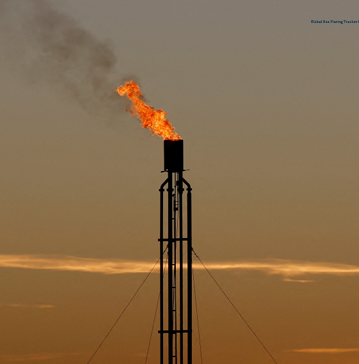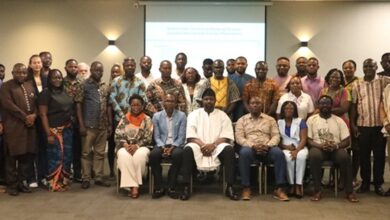Global Gas Flaring Soars to 17-Year Peak, Energy Losses Estimated at $63 Billion

Global gas flaring surged in 2024, reaching 151 billion cubic meters, the highest level since 2007, according to the World Bank’s Global Gas Flaring Tracker Report. The rise continues the upward trend that began in 2023 and represents an 8 billion cubic meter increase compared to 2012, despite international efforts to reduce the practice.
Flaring intensity, which measures the volume of gas burned per barrel of oil produced, has stayed largely unchanged over the past 15 years, halting earlier progress that had seen gas flaring reduced even as oil production grew.
This wasted gas comes at a time of heightened energy security risks and ongoing struggles to supply reliable energy to more than half a billion people in developing countries. The gas flared in 2024 is equivalent to Africa’s entire annual gas consumption and produced 389 million tonnes of carbon dioxide equivalent emissions, worsening climate change and local air pollution.
Economically, the losses are significant. Based on 2024 gas prices, the value of wasted gas is estimated between US$19 billion and US$63 billion, more than half the US$70 billion needed to meet flaring reduction goals in the International Energy Agency’s Net Zero Emissions by 2050 Scenario.
Flaring remains highly concentrated among top producers. The nine leading flaring countries, which are Russia, Iran, Iraq, the United States, Venezuela, Algeria, Libya, Mexico, and Nigeria account for 76 percent of global flaring, up from 65 percent in 2012. Russia, Iran, and Iraq alone now make up 46 percent of the total, flaring over 22 billion cubic meters more than in 2012. Russia and Iran have seen steady increases, while Iraq’s levels have remained mostly unchanged since 2016.
Other major producers, such as Angola, Egypt, Indonesia, and Kazakhstan, have reduced their flaring volumes and intensities. The United States has cut its flaring intensity by nearly 50 percent since 2012, one of the lowest globally, and Nigeria flared less gas in 2024 compared to 2012.
Countries that have endorsed the World Bank’s Zero Routine Flaring by 2030 initiative have shown better results. Their flare volumes dropped only slightly, but their average flaring intensity decreased by 12 percent, compared to just a 1 percent reduction worldwide. Countries outside the initiative have intensities 25 percent higher than in 2012.
Experts warn that without immediate action, rising flaring will undermine both energy security and climate targets. Redirecting this wasted gas could power entire regions, cut emissions, and recover billions currently lost to flaring.




